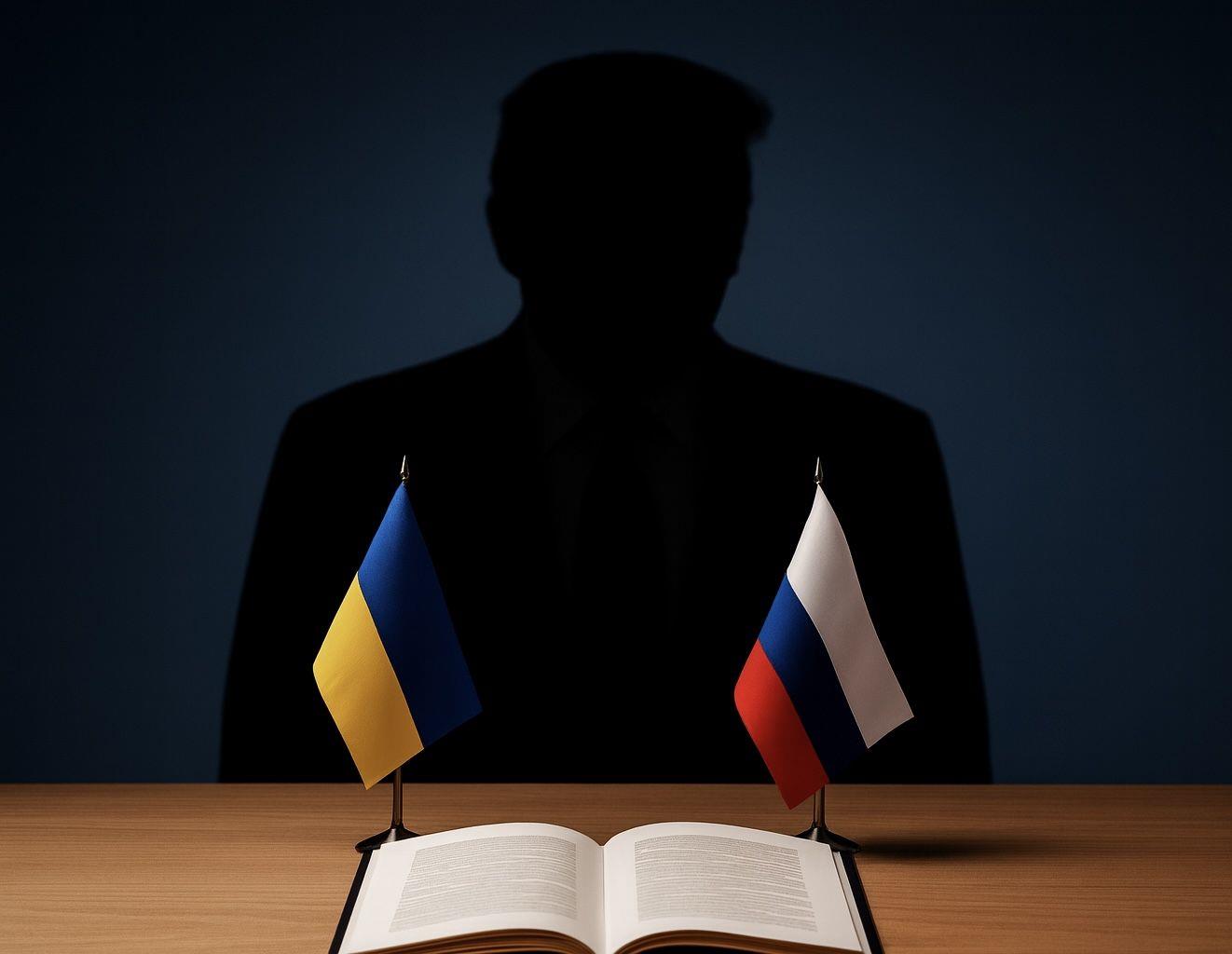
Why Trump's Proposal Deserves More Sober Assessment
President Volodymyr Zelensky's recent address to the nation, the language he chose, the somber and rain-soaked setting he stood in, was carefully calibrated and remarkably effective. His remark that Ukraine now faces a stark choice“between its dignity and its key ally” captured the country's dire predicament with striking clarity.
It must be acknowledged that Zelensky assumed office at an exceptionally difficult moment in his nation's history. Had he led Ukraine in the early 1990s, when the country had just gained independence and still possessed the remnants of Soviet military might, the situation today might have been quite different. Over the past three decades, Ukraine has gradually lost much of that capability as military-industrial facilities shut down and vast stockpiles of equipment were dismantled or sold off. By the time Zelensky came to power, the country had already forfeited the deterrent capacity it once held. Against Russia's aggression, his only true weapons were the courage, determination, and dignity of him and the Ukrainian people.
Since February 2022, Ukrainians have shown extraordinary resilience in resisting one of the largest militaries in the world. This is Europe's deadliest conflict since the Second World War, and yet Ukraine has endured far longer and far stronger than many expected. Against this backdrop, Zelensky's apprehension about Donald Trump's proposed peace plan - and his implicit warning that Ukraine might even risk losing its main ally - is understandable. We should not forget that Zelensky is the leader who chose to stay and fight in Kyiv rather than flee when Russian forces reached the city's outskirts.
Still, depicting Trump's 28-point proposal as inherently pro-Russian or as a strategic win for the Kremlin is a distortion and misinterpretation of reality. The plan does not hand Russia its core objectives. Instead, it reflects the reality on the ground and offers Ukraine an opportunity to breathe, regroup, and rebuild its capacity. Yet certain political circles have rushed to frame the proposal negatively, often without engaging with its actual content.
One of the most contentious elements, for example, is the clause limiting Ukraine's armed forces to 600,000 personnel. Critics have described this as aligning with Russia's“demilitarization” objective. But a sober assessment suggests otherwise. Ukraine's wartime manpower today is estimated at roughly one million, a figure that is neither financially nor demographically sustainable in peacetime. Few countries, even those significantly larger, such as Iran, Turkiye, or Egypt, maintain active forces between 300,000- 500,000. A professional, well-equipped 600,000-strong army would not weaken Ukraine; it would solidify its long-term defense posture. In other words, the“demilitarization of Ukraine” is out of the question.
Another crucial component of the proposal involves using Russia's frozen assets to finance Ukraine's reconstruction. Though not labeled explicitly as“compensation,” that is effectively what it represents - a mechanism to ensure Moscow pays for the destruction it has caused.
The question of NATO enlargement also appears in the debate. Realistically, Ukraine's immediate accession to NATO is unlikely in the near term. But this does not foreclose Ukraine's strategic future. History offers examples, from Azerbaijan to Sri Lanka, where territories lost de facto control for years were later restored. The draft agreement envisions a de facto, not de jure, concession of certain territories, which preserves Ukraine's ability to pursue its return in the long run.
From a geopolitical standpoint, the arrangement may even serve broader global stability. The territories in question would not be fully integrated into Russia, forcing Moscow to live under the constant risk that they might be contested again. This limits Russia's capacity to act aggressively against other countries as well.
In essence, Trump's proposal offers a pragmatic path to halt a war that has reached a strategic stalemate. It gives Ukraine the chance to regroup while placing Russia in a long-term geopolitical bind. Yet Zelensky's caution is also understandable: the future leadership of Ukraine may not show the same resolve he has demonstrated.
Surely, Trump's plan may not look the most perfect for Ukraine, but there is simply no better plan available right now to stop the bloodshed. But it is a calculated, realistic framework that could provide war-weary Ukraine with the breathing space it desperately needs, and restrain Russia's ability to destabilize the region in the years to come.
Legal Disclaimer:
MENAFN provides the
information “as is” without warranty of any kind. We do not accept
any responsibility or liability for the accuracy, content, images,
videos, licenses, completeness, legality, or reliability of the information
contained in this article. If you have any complaints or copyright
issues related to this article, kindly contact the provider above.


















Comments
No comment